Short answer is no. Clipped from NMDGF...
How New Mexico?s Draw Works
Updated 12-08-2016
New Mexico?s big game drawing is subject to a quota system. In accordance with state law, the draw attempts to distribute a minimum of 84 percent of the licenses for each hunt to New Mexico residents, 10 percent to residents or nonresidents who've contracted with an outfitter and 6 percent to nonresidents who have not contracted with an outfitter (this does not prohibit nonresidents in the 6 percent pool from contracting with an outfitter if they are lucky in the draw).
All drawing applications are randomly assigned a sequence number. A computer program then examines each application in the sequence in its entirety, prior to moving on to the next application. When an application is examined, the computer attempts to fulfill the first hunt choice, subject to the quotas described above. If the first hunt choice is already filled, the computer will try to assign the second choice to that application, then the third choice.
If the quota for all applicant drawing pools has been filled for all three choices, the system will not issue a license(s) and will move on to the next application. Residents who apply with one or more nonresidents will be issued a license only if there are licenses available for both the resident and nonresident pools.
After all deer and elk applications have been examined, a second drawing distributes any remaining deer and elk licenses to those who designate a fourth choice on their application. Only those willing to accept ANY deer or elk license should indicate a fourth choice. An elk hunter drawing a fourth choice could receive a license for an antlerless bag limit, even if their first three choices were for bull licenses. The fourth-choice assignment will always be for the same sporting arm type as the first choice on the application.
Because the order of an application in the sequence is the determining factor in drawing success, it is possible for an applicant to receive a license for his or her second or third choice before a first choice applicant for the same hunt is even considered. The earlier in the drawing sequence an application is, the better the chances that a first, second or third choice hunt will still be available.


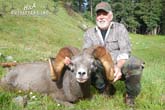 H & A Outfitters
H & A Outfitters
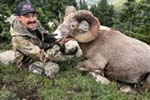 505 Outfitters
505 Outfitters
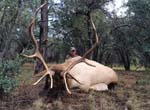 Sierra Blanca Outfitters
Sierra Blanca Outfitters
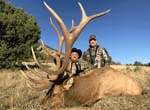 Urge 2 Hunt
Urge 2 Hunt
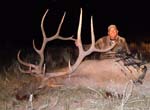 Mangas Outfitters
Mangas Outfitters
